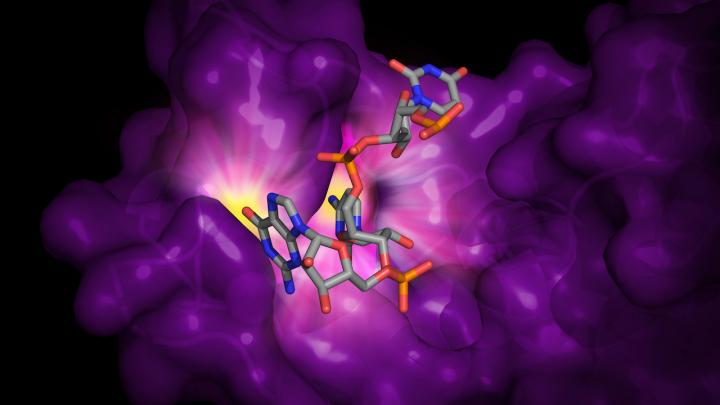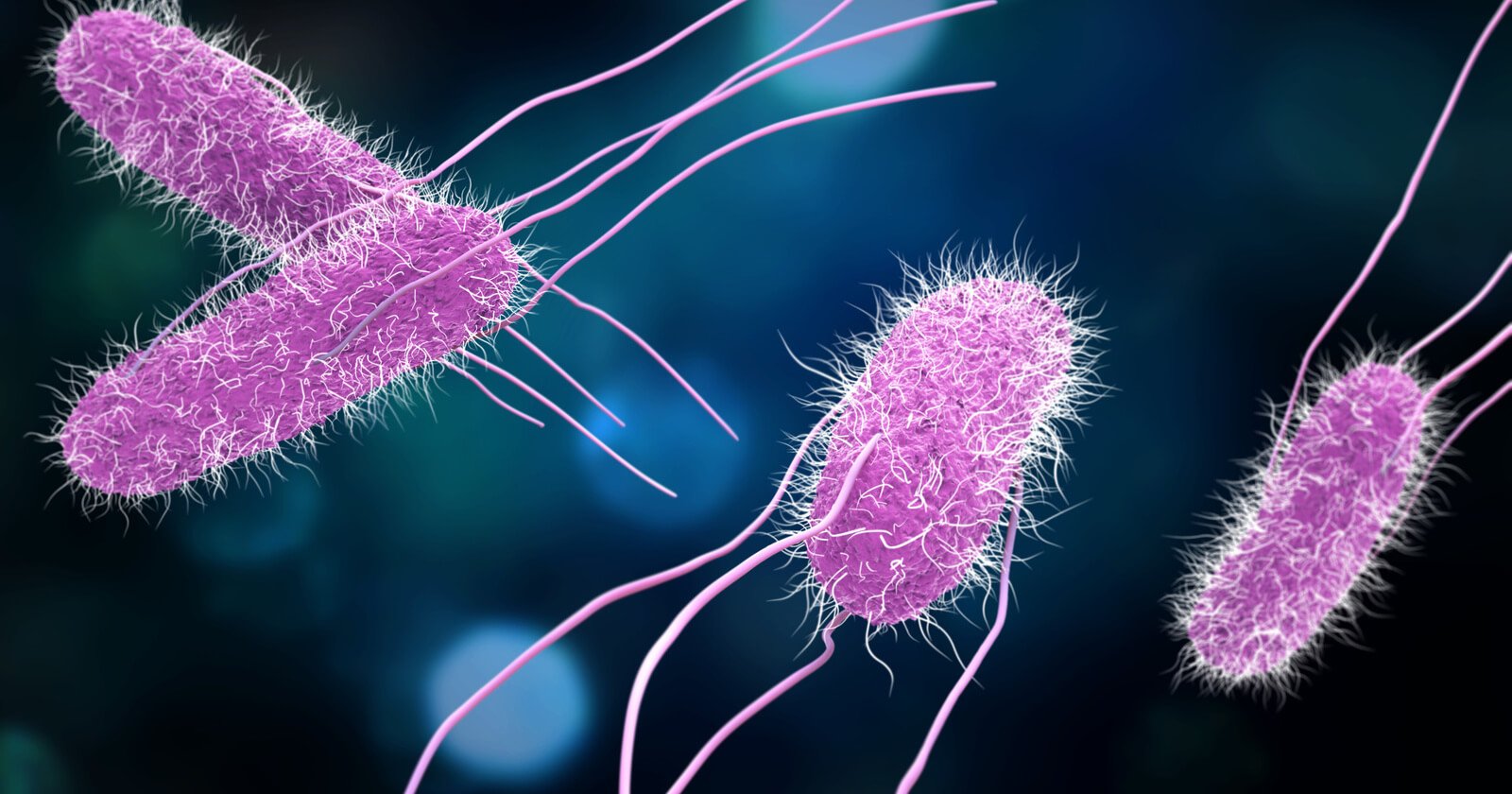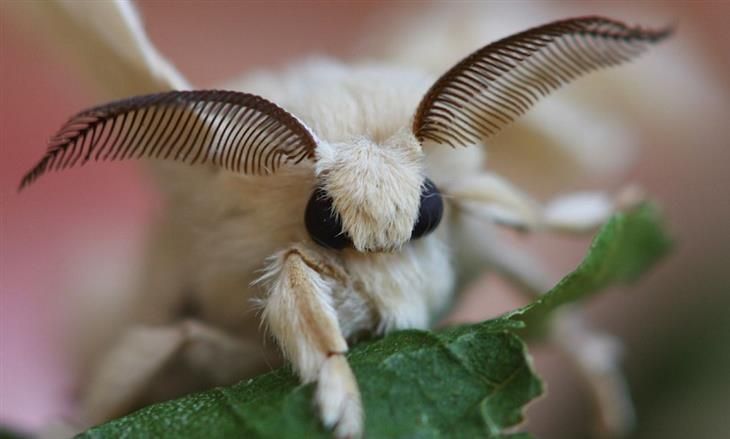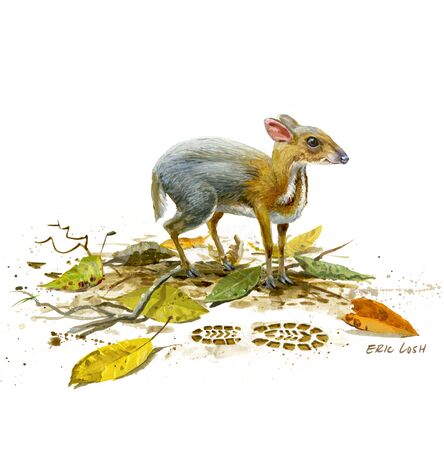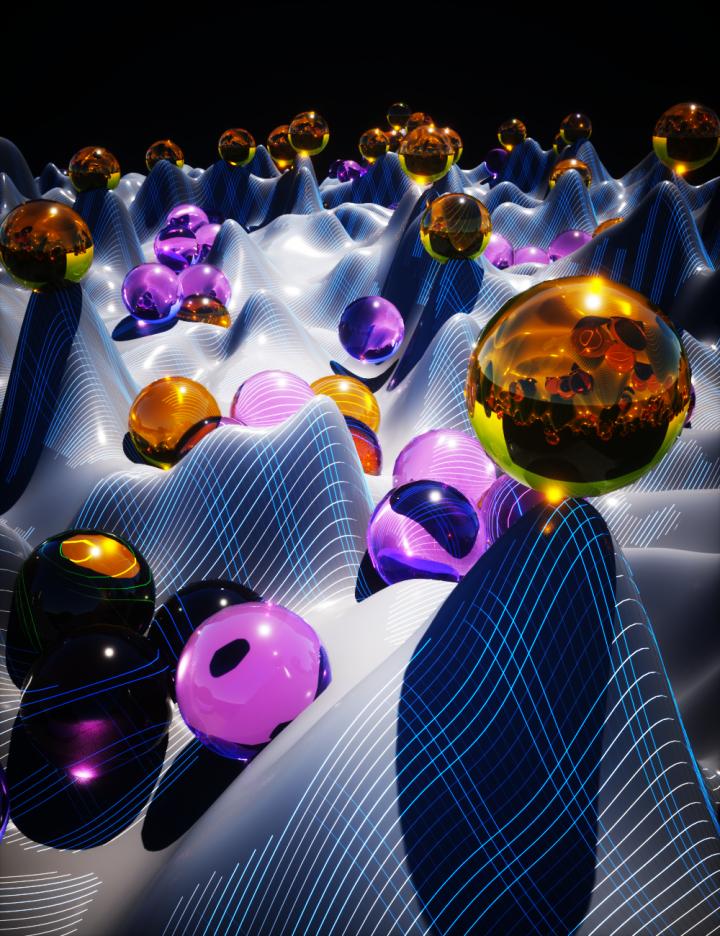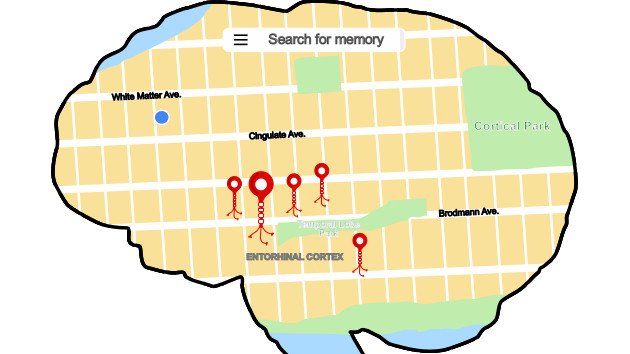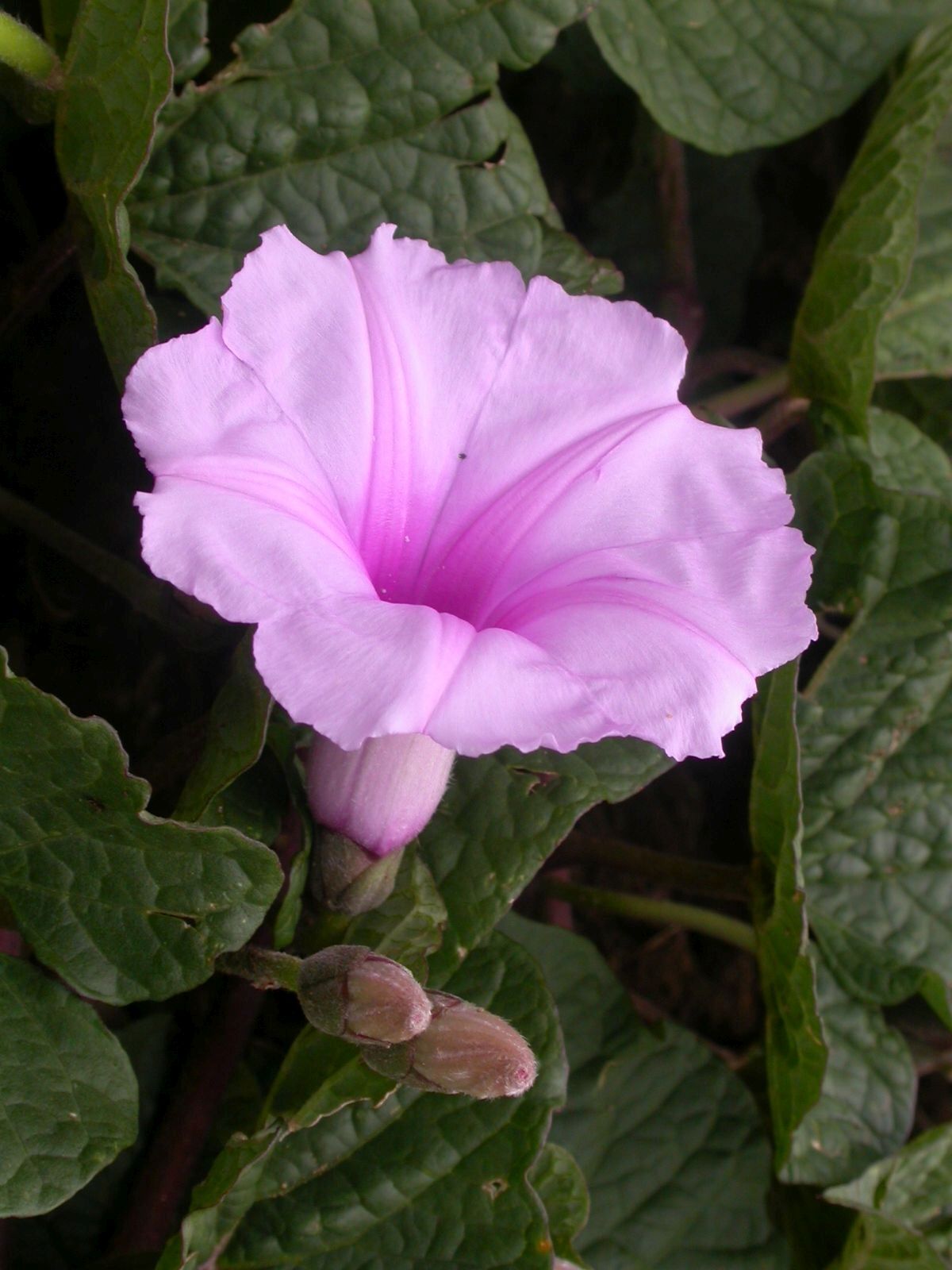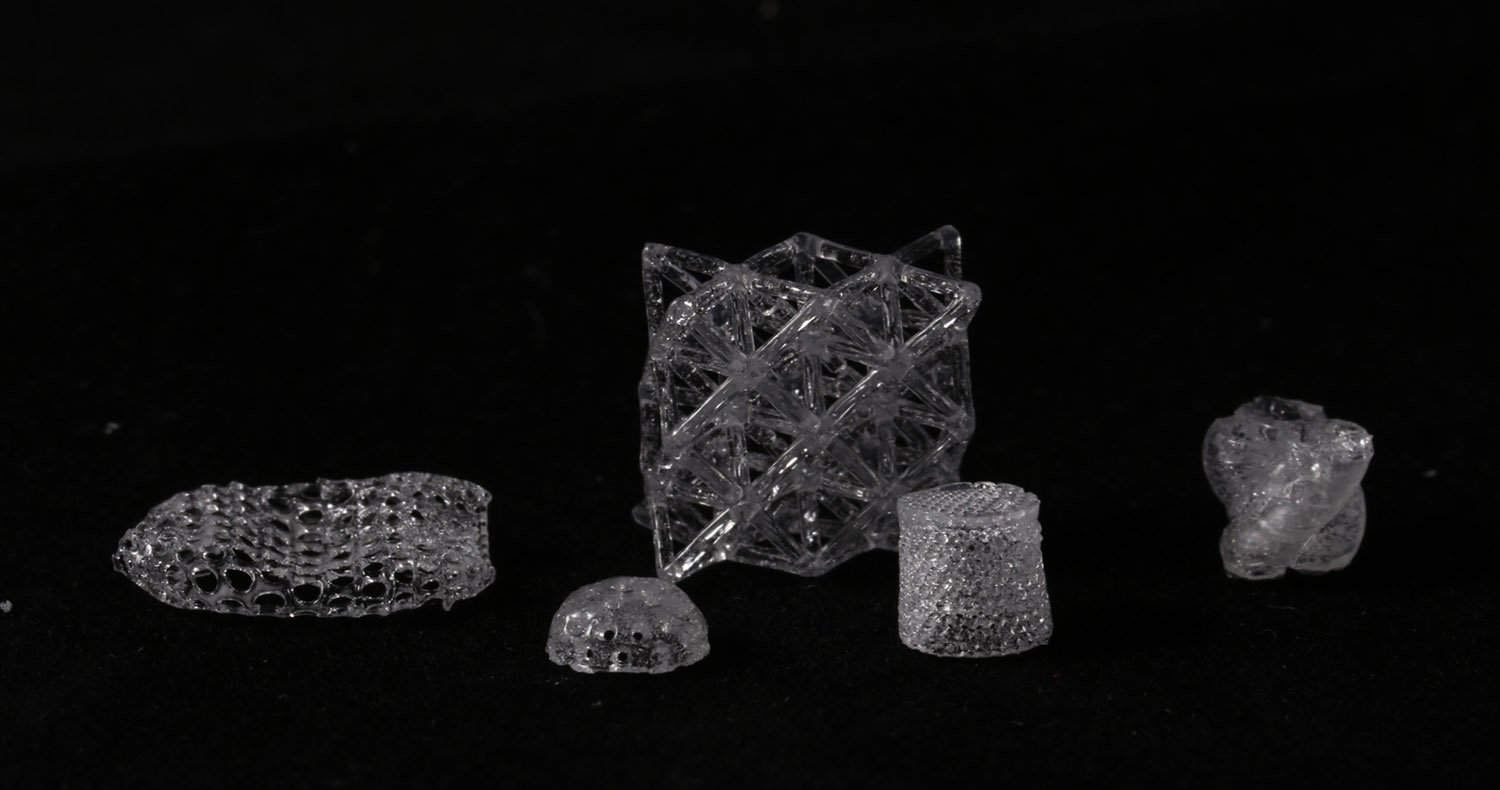New research explains how HIV avoids getting ZAPped
Humans have evolved dynamic defense mechanisms against the viruses that seek to infect our bodies – proteins that specialize in identifying, capturing and destroying the genetic material that viruses try to sneak into our cells. A new study, scheduled to publish the week of Nov. 11 in Proceedings of the National Academy of Sciences, now reveals … Read more
